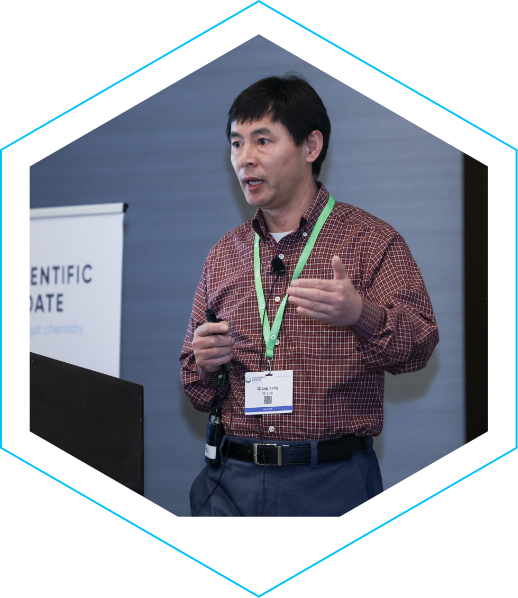
Novel Crystallization Technologies in Chiral Separations
Event overview
The manufacturing of optically pure materials is a daunting task. Since the discovery of optical resolutions by Louis Pasteur many new methods have been added to the chemist’s toolbox to access these enantiomers from racemic mixtures. Despite this wide variety in resolution methods, the resolution by diastereomeric salt formation, first demonstrated in 1853, is still the most used method to resolve a racemate. In this webinar we will talk about the state of the art on diastereomeric salt formation and novel crystallization alternatives which have been developed recently.
- General introduction: which resolution methods are available and which new technologies are being applied in a practical way.
- Deracemizations: the process of resolving a racemate without the need of a chiral auxiliary. In this methodology, the undesired enantiomer is racemized in situ to give access to 100% yield and 100% ee. We will show how such a process can be developed.
- A family of chiral, enantiomerically pure, cyclic phosphoric acids has been developed at Syncom. These phosphoric acids are used regularly as acidic resolving agents and play also a role in the technology of Dutch Resolution developed at Syncom. We have studied in detail one of these compounds, chlocyphos, and have found that five salts of this compound with simple linear aliphatic amines are conglomerates. A sixth salt shows mixed behaviour. Conglomerates are compounds like Pasteur’s salt wherein the enantiomers crystallize as separate phases. The behavior with chlocyphos is highly unusual: the formation of conglomerates is often random and the frequency of occurrence is between 5-15%.
We have characterized these conglomerates using various physical methods including Second Harmonic Generation (SHG), a technique that has been developed extensively in our laboratory, and crystal structure analysis. We will discuss the implications of these observations for resolutions in general and in particular for preferential crystallization techniques.
Who should attend? – Anyone interested in chirality: synthetic organic and physical chemists; process chemists.
This webinar was presented by Dr Ton Vries and Dr Michel Leeman from MercachemSyncom and Prof Dr Gérard Coquerel from The University of Rouen and is kindly sponsored by MercachemSyncom.
Sponsors
Interested in sponsoring an event?
If you are interested in Sponsoring this event we still have some great sponsorship opportunities available at the conference. See our sponsorship section on the advantages that sponsorship can bring to your business or contact Dr Claire Francis at [email protected]
Novel Crystallization Technologies in Chiral Separations
It was good. Never visited a Scientific Update webinar, but will get it on my priority list. Very good – like the set-up, flow and topics. Very interested in process development.
Organic Process Research & Development Webinar Delegate 2023
Thank you for the excellent webinar. I enjoyed the scientific content and the networking opportunities. I will definitely recommend this webinar to my colleagues.
The Formulation and Drug Delivery Congress Delegate
Become a speaker at one of our events
Share your expertise with a global audience of industry professionals. Scientific Update is continually seeking thought leaders and industry innovators to speak at our renowned conferences and training courses.



Novel Crystallization Technologies in Chiral Separations

Webinar recording
Please enter your email address to access this recording.

Download slides
Please enter your email address to access these slides.



